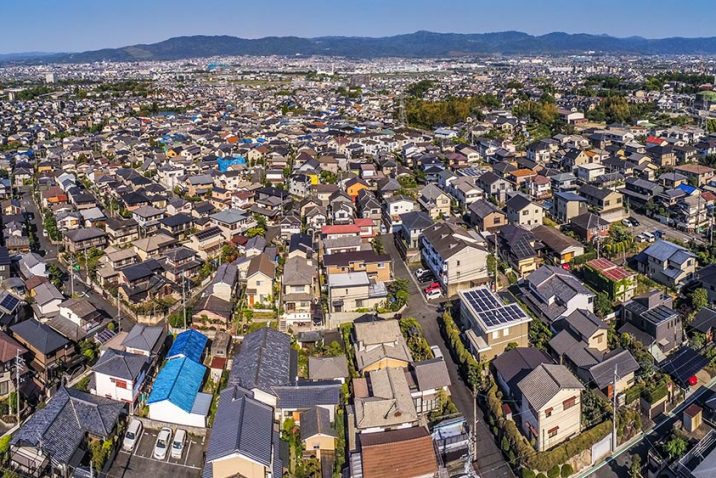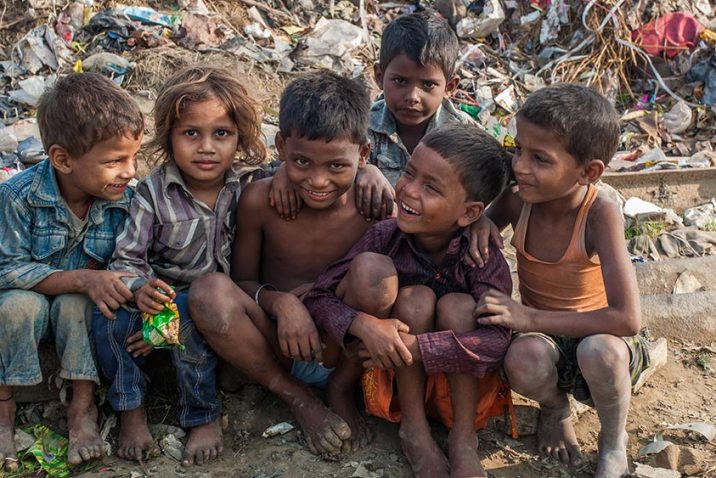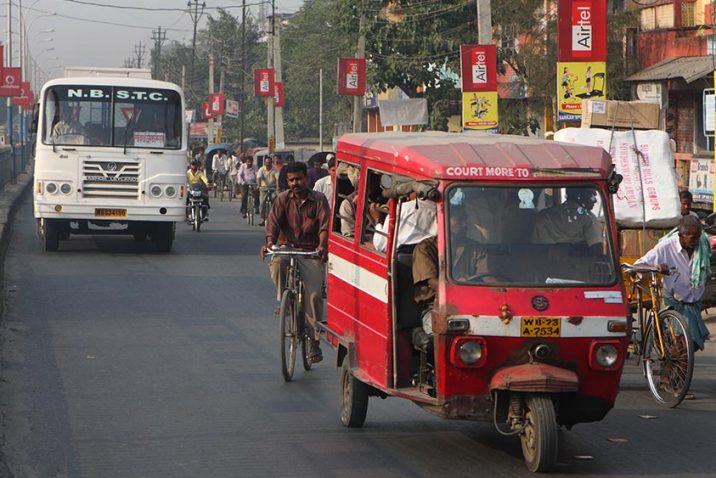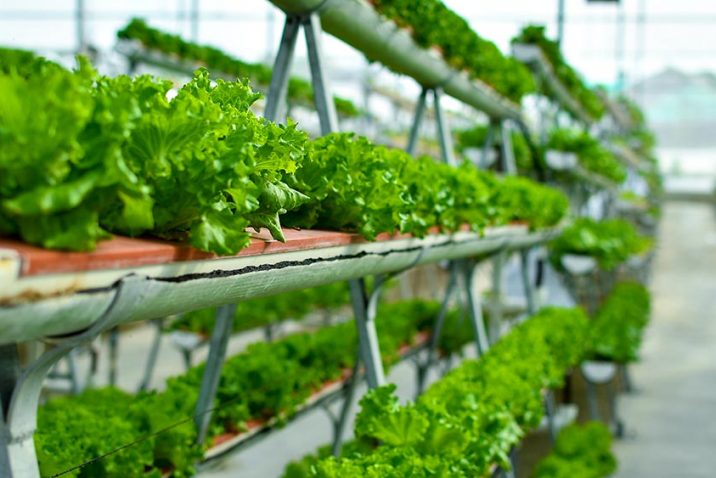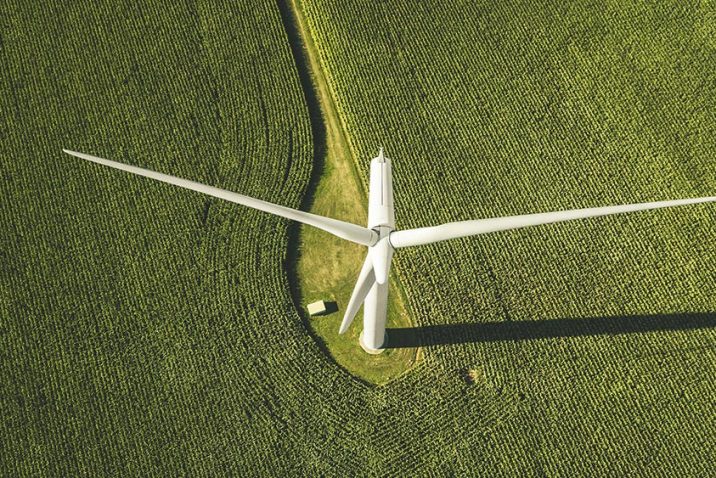In Japan, waste disposal is managed at a municipal level. As in most Japanese cities, residents of Kamikatsu are responsible for sorting their household waste, but this town has 45 categories of garbage. Kamikatsu is a small town of 1,500 in Shikoku...
According to a 2018 report issued by the Ministry of Environment, 25% of Japan’s plastic waste is recycled. 57% goes through thermal recycling, which involves incinerating the waste to produce heat and electricity. Another 18% is either incinerated...
The Ministry of Economy, Trade and Industry showcased its new blueprint for circular economies, the “Circular Economy Vision 2020” report, with the aim of creating a virtuous cycle between the environment and economic growth. The report outlines the...
In emerging Asian countries, improving access to affordable housing in urban settings is a major concern. Slums often develop in cities with rapid rural-urban migration and tight housing supplies. As a result, in these informal settlements, dwellers...
One of the biggest challenges for developing countries to implement circular economy approaches is the lack of proper e-waste infrastructure. E-waste is a growing issue in West African countries like Ghana and Nigeria, where burning and dismantling...
Maximizing the lifecycle of raw materials is a major part of circular economy models. Pursuing innovation in this area provides multiple benefits at once, including improved economic stability, employment opportunities and a reduced negative impact...
With the introduction of artificial intelligence technologies, farmers can improve the efficiency of their operations. As a result, they can increase the quality and quantity of their harvests while minimizing the environmental impact. In Uganda...
Vertical farming refers to the practice of growing food on vertically inclined surfaces. It is often integrated into places such as warehouses, shipping containers and skyscrapers. Unlike single-level conventional farming, which requires a vast...
More than half of the world’s population currently lives in urban areas. In fact, according to the United Nations’ estimate, 68% will live in urban areas by 2050. Such population growth in urban areas is accompanied by a shift in land use, often...
After Fukushima’s nuclear meltdown in 2011, Germany made the decision to shut down all 17 of its reactors by 2022. The country aims to free itself from the risks of nuclear accidents that could linger for an indeterminate period of time...




